The National Library of Scotland archive has the following letter sent by piobaireachd authority John Macdonald, Inverness, (not MacDonald, his signature tells us) to Archibald Campbell, Kilberry: It reads:
Perceval Road, Inverness
3rd December 1928
Dear Sir,
I herewith enclose sketches of “Lament for the Union” and “MacDonell of Glengarry” [Alasdair Dearg]. I fear they won’t be of any use to you but the time is as near as I can remember them being played.
The Lament for the Union is unfortunately one of those compositions of which we have been handed down so little to work upon, that one has a difficulty in trying to fathom what the composer was aiming at. It really appears to me as if one party composed the Urlar and another tacked on the Variations.
“McDonnell of Glengarry” I have heard Sandy Cameron play. This tune and “You’re Welcome Ewen Lochiel” were favourites of his brother Keith. It is so difficult to put the proper expression into notes, and Piobaireachd, like so many of our Gaelic songs being composed in phrases, they lose much of their beauty when cut down to bars, crotchets [quarter notes], quavers [eighth notes] etc.
I regret being of so little service to you in this instance.
With respects and kind regards,
I am Sir,
Yours sincerely,
J MacDonald.
The tune sketches, firstly ‘Lament for the Union’ and then ‘MacDonnell of Glengarry’:
Some thoughts from Robert Wallace: These are clearly sketches as the letter says, and the gracenoting is somewhat arbitrary. But they do give the essence of how we time these tunes today. Other points worth noting:
1 The repeat marks in the second bar of ‘Alasdair Dearg’ are a surprise and were perhaps an error… but maybe not. Thomason’s ‘Ceol Mor’ has the repeat of bar 1, but substitutes the final bar as Macdonald has it
2 Check the attractive D ‘doubling’ figure in bar 2 line 3.
3 There is no ‘chelalho’ in the third line, but a repeat of the D ‘doubling’ figure.
4 Note how Macdonald writes hiharin differently in each tune, the D a demi-semi quaver note in the second. Was this deliberate or merely because the ‘Union was written with a Common Time time signature and ‘Alasdair Dearg’ in a more free-flow, relative note value style?
5 Book 2 of the Piobaireachd Society‘s Collection appeared in 1928, the same year as Macdonald’s letter. As Editor, Archibald Campbell may have been casting around for tunes for Book 3. As it happened the ‘Union’ did not appear until Book 6 in 1936 and ‘Alasdair Dearg’ in Book 14 in 1986 (under Archie Kenneth’s editorship), though it did appear in the Kilberry Book when it first came out in 1948.
As always, I’d be interested to hear from others on this.

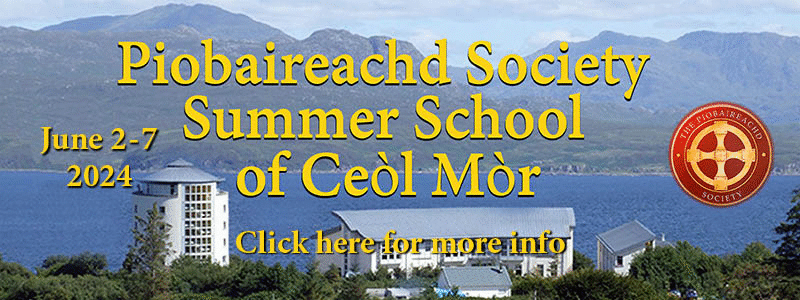
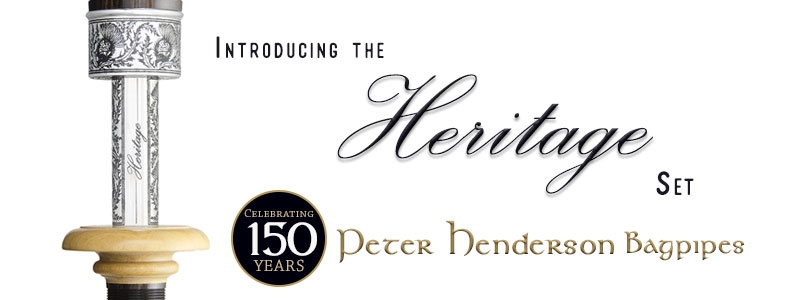

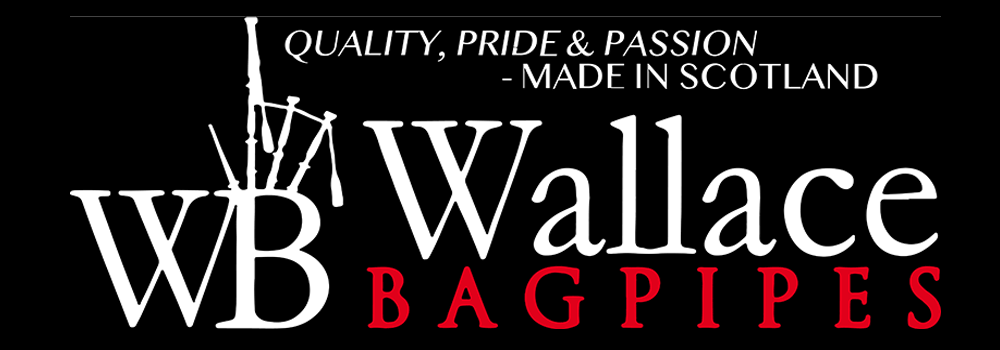
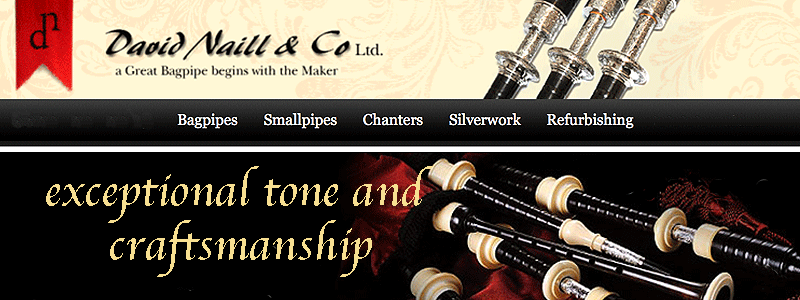



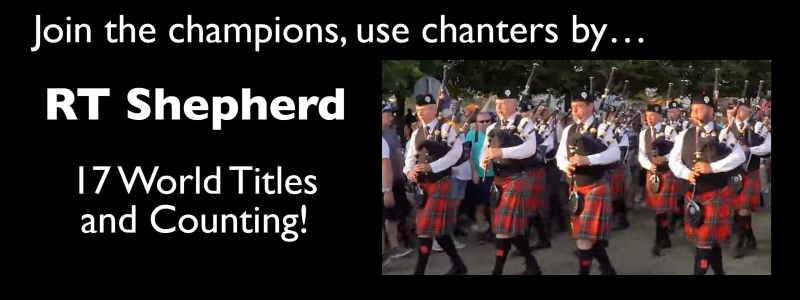
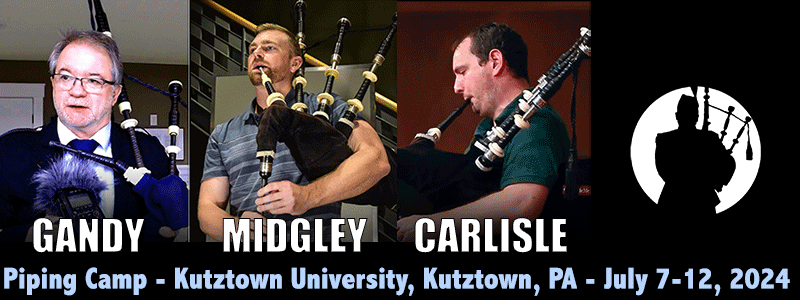


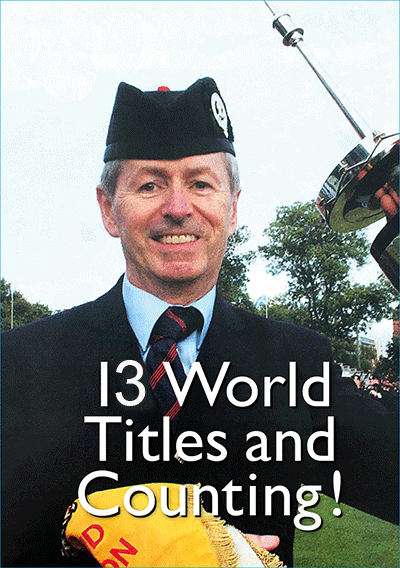
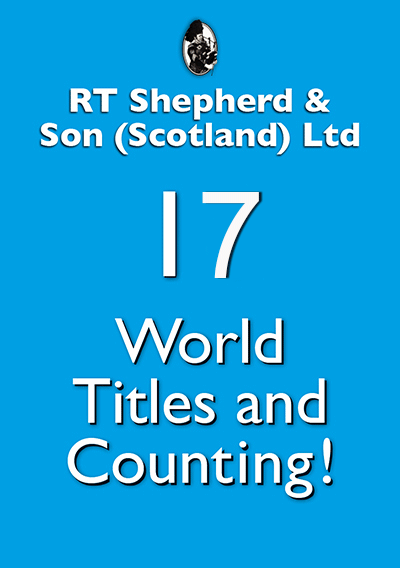
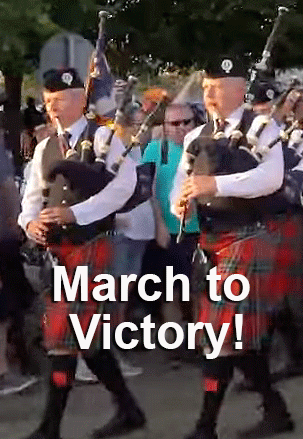







Sorry for the mistake chelate should be chelalo
The D “doubling” substituting the chelate in A Dearg appears in the MS of Donald MacDonald. There was a piece in the Piping Times re the ‘chelalo’ being substituted with the ‘double” D and one of the tunes was The Viscount of Dundee. It seems that John Macdonald was in favour of the “doubling” at times. Having a copy of the Donald MacDonald MS prior to it being published by the PS, I tried it out at a north games venue years ago and got funny looks. It is interesting and let’s us know that there was in some cases more liberation in tunes than maybe at present.
superb article, many thanks. always learn something new at the piper’s press! never knew alasdair dearg was a favourite of sandy cameron – I also like the tune a lot.